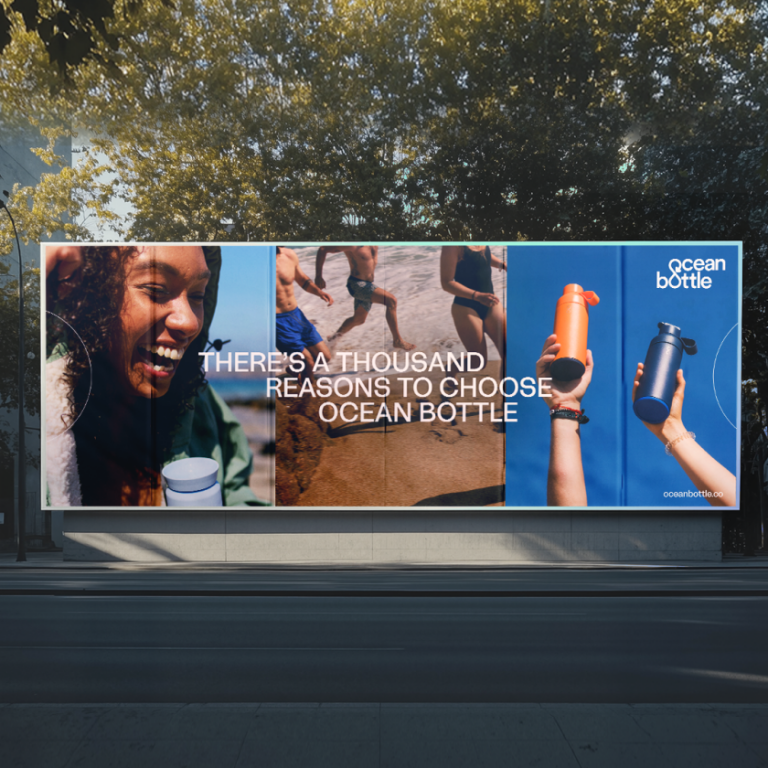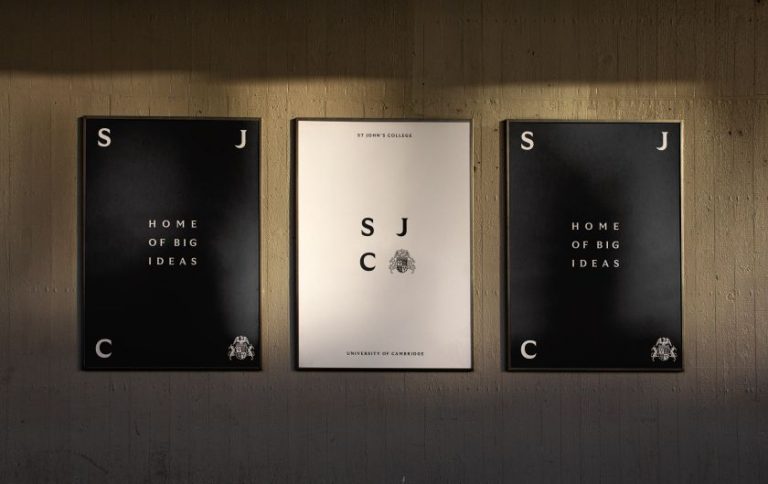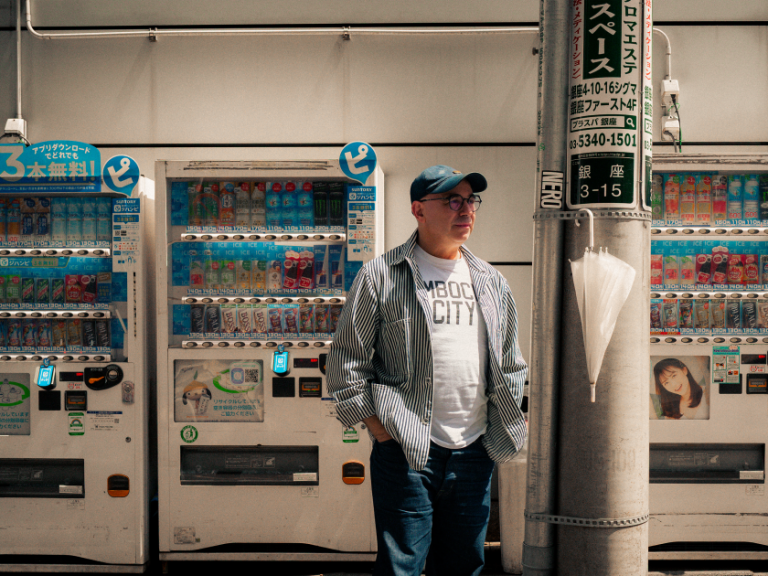Sam Drew, aka Lumps, recently teamed up with Covenant House Toronto to create a pair of animations for Canada’s National Human Trafficking Awareness Day. We caught up with him to learn about why his surreal style actually lends itself well to this heavy subject.
The work of Sam Drew, who is better known online as Lumps, is instantly recognisable thanks to his bold use of colour and surreal, edgy flourishes. But for his recent project, Let’s Talk About Sex Trafficking, he lends his approach to an extremely sensitive topic, and it’s a surprisingly effective pairing.
Aimed at empowering and equipping parents and teens with the tools they need to prevent sex trafficking in Canada, the campaign brings real stories to life with Sam’s unique visuals. The project, two years in the making, appealed to him straightaway, as he knew his bright and accessible style would make the complex topic more approachable to audiences.
Working in close collaboration with Covenant House, Sam had access to a wealth of helpful material which aided the animation process. “Besides the two real-life stories from human trafficking survivors, the key focus was always regarding the red flags that young people should be looking out for,” he tells Creative Boom. “We learnt a lot about the subtler ways trafficking can come into people’s lives and obviously tried to communicate that with the work.”
Indeed, the script that had been workshopped by the charity forms the backbone of the two short animated films. Voiced by real teenagers to understand the most important plot beats, these accounts were then handed over to Sam to develop the illustration, character, and animation style.
Since the subject is extremely delicate, Sam experimented with varying degrees of surrealism and naturalism. “In earlier drafts, there was more imagery, which is more typical of my art style, but it was crucial to find the balance between education and engagement,” he explains.
“In the end, we went for something colourful and attention-grabbing, but stripped away a lot of the imagery to ensure the clarity of the message and that the information was never lost.”
Despite approaching it cautiously, Sam is confident that animation was the right medium for this project for several reasons. “The first is the freedom of imagery and metaphor, which can help to portray dark moments and subjects appropriately for all audiences and with respect,” he says.
“A good example of the imagery that we left in was the roller-coaster sequence to represent a coercive sexual experience. This is a situation where it’s never going to be right to literally show the moment, but it is important to communicate the pain and fear she experiences. This is animation’s strength over live filming.”
Elsewhere, Sam thinks that the childish or safe perception of animation helped to underline his points. “It’s exactly not the place you’d expect a hard-hitting twist to a story about two friends,” he adds. “This actually works very well in the context of this piece, which was trying to show viewers that situations which can feel safe and normal may have sinister and dangerous undertones which you need to be ready to spot.”
Sam is keen to stress that these animations are just part of Covenant House’s work and that they are always campaigning for the youth of Canada. However, he has been happy to see this campaign break out and make global headlines.
“Yahoo wrote an article about this campaign where they shared some stats: ’84 per cent of Canadians believe that youth in their communities are at some level of risk of being lured into sex trafficking. Nearly half are not confident that they could recognise the warning signs of someone being lured into sex trafficking.’ That just shows that the impact Covenant House is having by sharing these educational resources is really necessary and positive,” he concludes.










